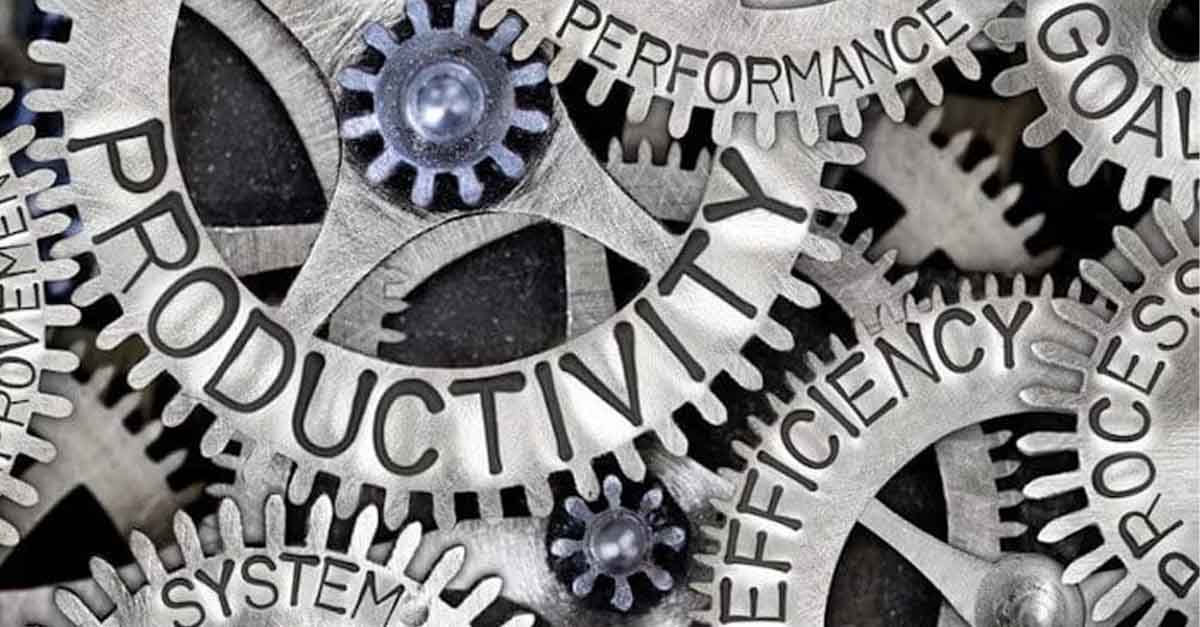
Does Your Business Need a CMMS or an EAM?
Is a CMMS or an EAM most appropriate for your organization? What are the main distinctions between the two? Here's everything you need to know.
Solutions
Workplace Management Solutions
Real Estate Management Solutions
Maintenance Management Solutions
Energy Management Solutions
Engineering Document Management Solutions
Asset Management Solutions
Automate campus scheduling for classes, meetings, and exams with our EMS software.
Plan and manage conferences effortlessly with EMS software to impress guests and streamline operations.
Boost workplace flexibility and maximize space use with seamless desk and room booking.
Organize workplace or campus events smoothly, creating memorable experiences.
Optimize workspace, manage allocations efficiently, and reduce costs with our space management solutions.
Deliver projects on time and within budget by improving communication, collaboration, and efficiency with our software.
Streamline lease accounting for ASC 842, IFRS, and GASB compliance.
Manage leases efficiently by tracking key dates, analyzing costs, and ensuring compliance.
Centralize data and analytics for better insights, faster negotiations, and revenue growth.
Centralize facility and asset maintenance, automate work orders, and ensure compliance with our CMMS software.
Extend asset life, reduce downtime, and prevent costly repairs with data-driven monitoring.
Prevent equipment failures and extend asset life by detecting and addressing issues early.
Make sustainable, cost-efficient energy decisions by monitoring and optimizing power consumption.
Remotely monitor and control equipment with real-time data to predict issues, boost efficiency, and reduce downtime.
Easily share and collaborate on documents, creating a single source of truth for engineers and contractors.
Manage and analyze assets across their lifecycle to schedule maintenance, reduce downtime, and extend lifespan.
Improve visibility, automate work orders, and ensure compliance for efficient facility and asset management.
Resources
Browse our full library of resources all in one place, including webinars, whitepapers, podcast episodes, and more.
Support
Looking for access to technical support, best practices, helpful videos, or training tools? You’ve come to the right place.
About Accruent
Get the latest information on Accruent, our solutions, events, and the company at large.

An enterprise asset management (EAM) system can help your organization drive maintenance improvement and increase your ROI. Here's how.
An Enterprise Asset Management (EAM) solution can deliver maintenance improvements in many areas and help companies achieve savings of up to 20% of the total lifecycle costs according to Enterprise Asset Management EAM Excellence.
Most companies have an EAM return-on-investment (ROI) expectation that is developed as part of the project justification. Tools such as Accruent Maintenance Connection's ROI Cost Savings Calculator are available to help companies understand the ROI potential of an EAM implementation. The desired ROI benefits do not automatically result from installing an EAM. Companies must be prepared to use the EAM in ways that maximize its value. And while companies do not intentionally limit the value of their EAM, many do not take full advantage of system functionality or leverage the data available through their EAM to drive maintenance improvement.
When companies leverage EAM in these areas, they can increase their payback while driving overall maintenance improvements.
Having the necessary parts on hand when they are needed is critical to having an efficient maintenance process. While at first glance inventory management may seem straightforward, many factors add to its complexity. For example, the lead time to get a part, or the rate at which parts are used, affects the number that a company keeps in stock.
In many organizations, quickly locating parts can also be a challenge. Barcode scanning and inventory tracking capabilities within an EAM can make finding parts much easier and translate to faster repair times and higher labor efficiency.
An EAM can provide valuable insight into parts utilization and costing. It becomes easier to see actual spend on individual parts and improves part sourcing to reduce inventory costs. An EAM also offers capabilities like automated inventory control that streamlines the inventory process. Using features like min/max values and reorder points can help avoid stockouts that extend repairs and prolong downtime.
Finally, with an EAM, organizations have the option to manage inventory on an enterprise-wide basis. If two sites are physically close to one another and have similar equipment, there are potential opportunities to reduce inventory by sharing stock across sites.
Enterprise Asset Management solutions are intended to be rolled out to multiple sites throughout the enterprise. Some companies do multi-site implementations, but then do not take advantage of the comprehensive data set within the EAM. One of the real values of an EAM is that it gives visibility to maintenance performance across the organization to enable benchmarking, best practice sharing and performance management.
Take, for example, two sites with similar equipment. If one site experiences a failure on an extruder every quarter while another location has a once-per-year failure rate on the same extruder, then the company has an opportunity to look at the higher performing site to see if there are conditions, maintenance procedures, etc. that can be replicated to reduce failures at the lower performing site
Benchmarks across the enterprise can also be established for downtime, maintenance costs and other key performance measurements. When organizations create and track these metrics, they begin to proactively manage maintenance performance. Over time, this typically drives maintenance improvements across the enterprise.
The centralized collection of asset and maintenance data provides valuable insight that can drive better maintenance decisions for improved asset performance.
As asset history is tracked with corresponding maintenance history, companies can analyze the data and use it to make improvements. EAM data analysis often helps identify trends that are used to shift to more proactive preventive and even predictive maintenance strategies. As preventive maintenance (PM) activities increase, assets tend to last longer, and, more often than not, reach their full life expectancy.
An additional aspect of lifecycle management to consider is asset documentation. It is essential that drawings, maintenance procedures and other asset-related information be directly linked to a piece of equipment, and easily accessible. It is also critical that documents be kept current. Accessible asset documentation through an EAM speeds the repair process and supports assets being safely and properly maintained.
An EAM is a platform to drive maintenance improvements. Key areas like inventory optimization, benchmarking and performance management, and asset lifecycle improvement can deliver significant organizational benefits. Fully achieving the ROI potential requires organizations to have a plan for embracing all aspects of the benefits an EAM can deliver.
Learn how Encore Wire found success with Accruent’s Maintenance Connection EAM. Ready to get started? Schedule a demo today!
Is a CMMS or an EAM most appropriate for your organization? What are the main distinctions between the two? Here's everything you need to know.
Explore how an enterprise management solution can benefit your organization and learn how to optimize it for your organization’s needs.
Looking to improve your Overall Equipment Effectiveness (OEE)? Here's how Maintenance Connection can help make that happen.
Subscribe to stay up to date with our latest news, resources and best practices